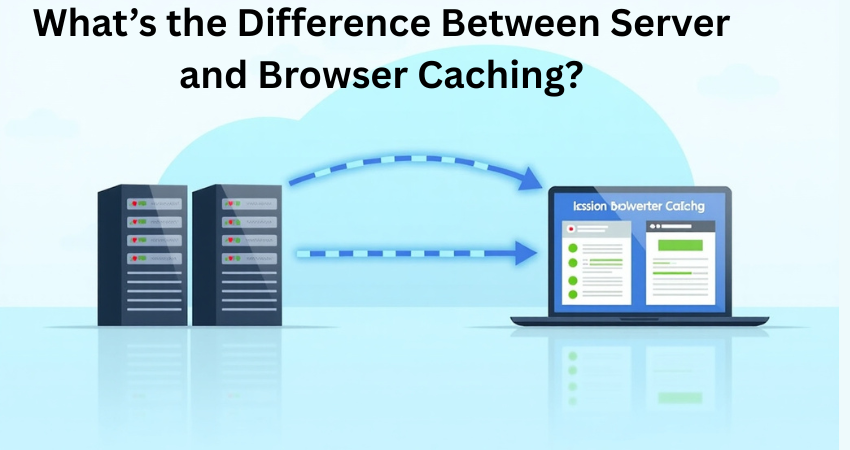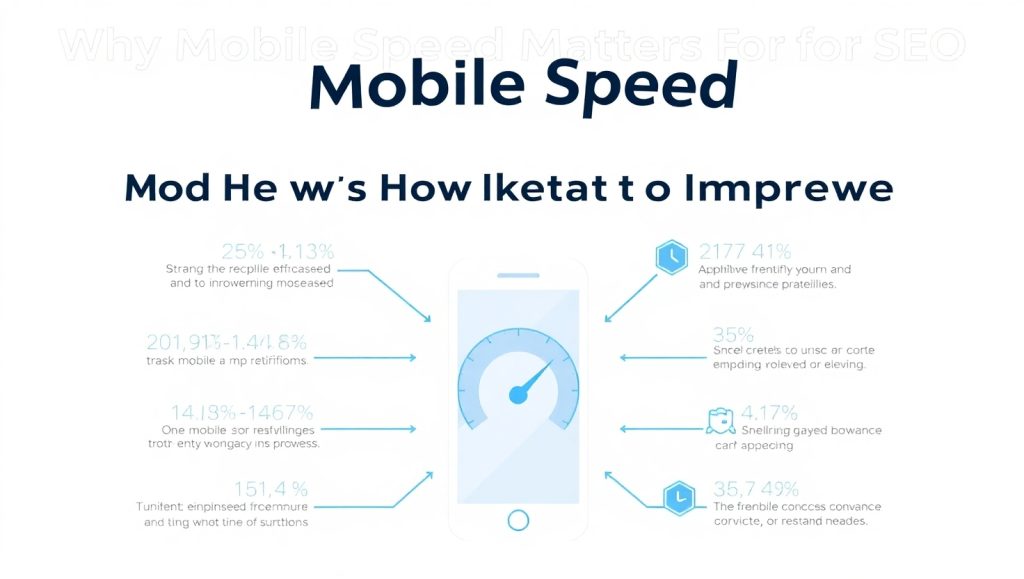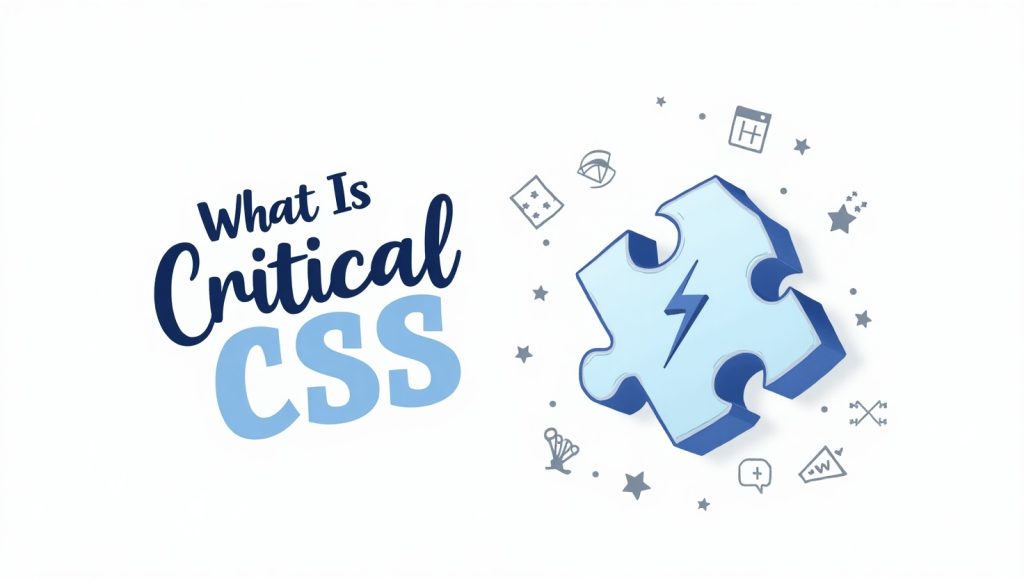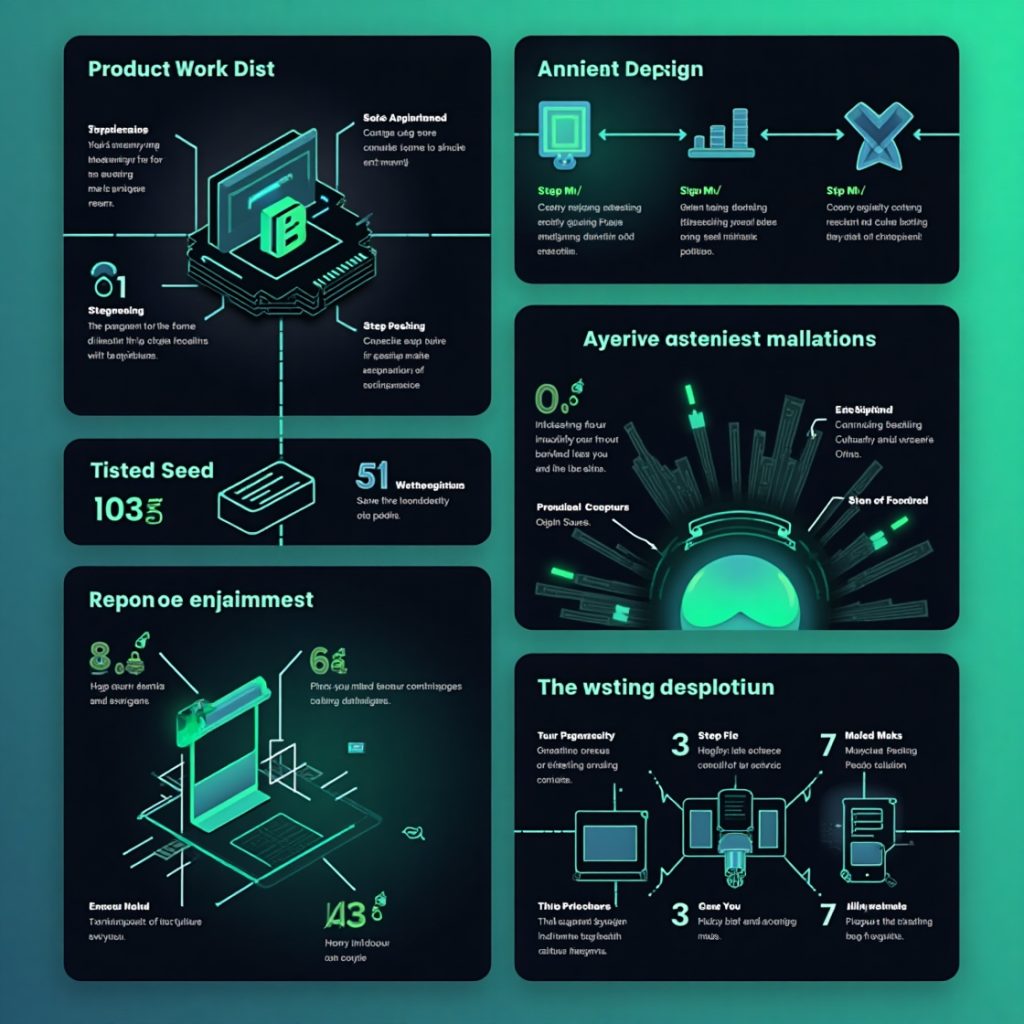What’s the Difference Between Server and Browser Caching?

Having a website that loads slowly is bad form, especially in today’s fast-paced digital world. For instance, if you run an online business or simply use websites, a website may make it fast or slow with respect to users. That is where the role of caching kicks in. Caching makes speed differences a lot greater […]
Why Mobile Speed Matters for SEO and How to Improve It

The Crucial Connection Between Mobile Speed and SEO More than half of the world’s online traffic comes on mobile devices today, which influences every aspect of internet activity — from news checking, online shopping, or even business research. In view of this shift, the mobile website speed becomes a major ranking factor for the search […]
How to Choose Between GTmetrix and WebPageTest for Speed Testing

Understanding the Importance of Speed Testing Having a speedy website is not only convenient; it also becomes an important factor in user experience, SEO, and conversion rates. Slow website loading times will annoy the visitor and often lead to a very high bounce rate and drop in engagement. Tools such as GTmetrix or WebPageTest show […]
What Is Critical CSS and How Does It Improve Speed

Understanding Critical CSS: A Game Changer for Web Performance As critical CSS is ever more gaining importance to front-end developers and web performance consultants alike, Critical CSS is now among the most helpful techniques to improve website speed and performance. But what is it really? CSS that is necessary to render the content that appears […]
How to Reduce JavaScript Bloat in Modern Web Apps

Modern web applications are heavily dependent on JavaScript. However, overuse of it, what is now termed as JavaScript bloat, can really burden your site, spoiling the user experience and impacting your SEO. Flashy features or a slick interface can hardly hold your visitors if the site takes forever to load; so cutting JavaScript bloat becomes […]
How Lazy Loading Images Can Improve Your Page Speed

Website performance optimization has never been more critical today. It is a place in cyberspace where every second counts; a slightly slow loading page can frustrate users, bounce them out, and lose possible conversions. Lazy loading comes in here. Lazy loading is a technique that defers loading images and other media files until they are […]
Here is a step-by-step guide to fixing Core Web Vitals 2025

Understanding Core Web Vitals and Why They Matter Core Web Vitals is a set of performance metrics that have been introduced by Google to evaluate how good an experience a user has while landing on a website. By the year 2025, these will be very much a part of the key ranking factors, especially since […]
7 Things Web Designers In Texas Do To Make Websites Mobile-Friendly

1. Prioritize Responsive Design Mobile users account for a large chunk of internet traffic in Texas, so web designers consider responsive design to be non-negotiable. Responsiveness means the website should be able to adapt to various screen sizes and orientations, be it a smartphone, tablet, or even that new foldable device. It is about designing […]
What is Partial SSL Certification?

Partial SSL certification refers to a scenario where only some parts of your website are protected by SSL encryption, while other parts remain unsecured. You might have seen this before — the padlock icon appears on one page, like the checkout page, but not on others, like the homepage or product listings. This usually happens […]
Which Is Easier to Learn First Web Design or Graphic Design?

Understanding the Basics of Web and Graphic Design A career in any of the creative sectors tends to see the integration of web design and graphic design. While both manifest the visual aesthetics of communication within the adjoining rightful purpose, they profess to owe different platforms-the former to a more technical site, and the latter […]